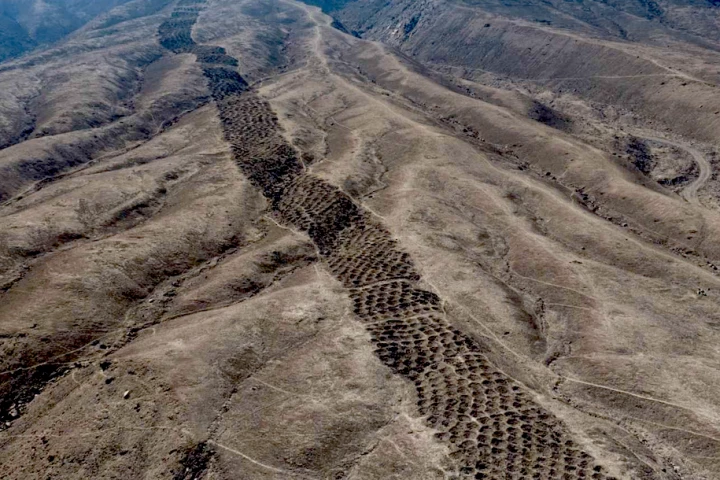Among the many things we could do to reduce strain on the environment is find greener ways of constructing buildings. You see, cement production accounts for 8% of CO2 emissions worldwide – and a lot of that goes towards making concrete.
It's a difficult problem to solve, because doing so will require us to find eco-friendly materials that are as strong as concrete and need little maintenance. That's why scientists have been looking into engineered living materials (ELMs) which incorporate organisms like bacteria with non-living components to offer unique properties along with structural benefits – and less reliance on cement as a binder.
A team of engineers from Montana State University has developed a building material using the root-like mycelium network of a fungus, along with specially selected bacteria.
This hybrid material overcomes two of the major challenges associated with ELMs. Firstly, the materials typically only survive a few days or weeks in less-than-optimal conditions, and then lose their unique properties. Secondly, the way that minerals (such as calcium carbonate) are deposited onto the mycelium structure usually can't be controlled to have the kind of internal geometry that would make the material strong and durable.
The researchers went with a fungus called N. crassa that exhibits rapid mycelial growth, as well as a property called Microbially Induced Carbonate Precipitation (MICP) where it can turn loose sand or soil into something strong like cement.
They also introduced a bacterium, S. pasteurii, which we've previously seen being used to repair bricks made from lunar soil for use on the moon, and to fix potholes here on Earth. This is a biomineralizing bacterium, which means it can create solid minerals.
The choice of fungus allowed the researchers to test its viability as a living component in an ELM over a long period of time, both as a system for MICP as well as one to support self-repairing S. pasteurii.
Montana State's Asst. Prof. Chelsea Heveran, who authored the study that appeared in the journal Cell Reports Physical Science, explained the other big benefit of going with the mycelium from N. crassa. "We learned that fungal scaffolds are quite useful for controlling the internal architecture of the material," she said. "We created internal geometries that looked like cortical bone, but moving forward, we could potentially construct other geometries too."
That means it's possible to create structural complexity within materials using this system for enhanced strength and stiffness.
It's the first time that fungal mycelium has been tested as a scaffold for biomineralized ELM production.

The team found that the microorganisms in the scaffold remained alive and metabolically active for a minimum of four weeks. That's longer than many other candidates for ELMs, and it could be the key to creating a strong and long-lasting building material that has useful properties like self-repair.
To that end, the researchers plan to try coaxing the cells to live on for longer periods, and determine ways to manufacture them at scale.
If the researchers are successful, they could have a viable complement to traditional concrete. Of course, they'll have to tackle the biggest hurdles in challenging concrete as a building material, which include the higher cost of an ELM, the ability to make it as easily available so it can sourced and stored on demand, and suitable for a range of construction projects.
Source: Cell Reports Physical Science






